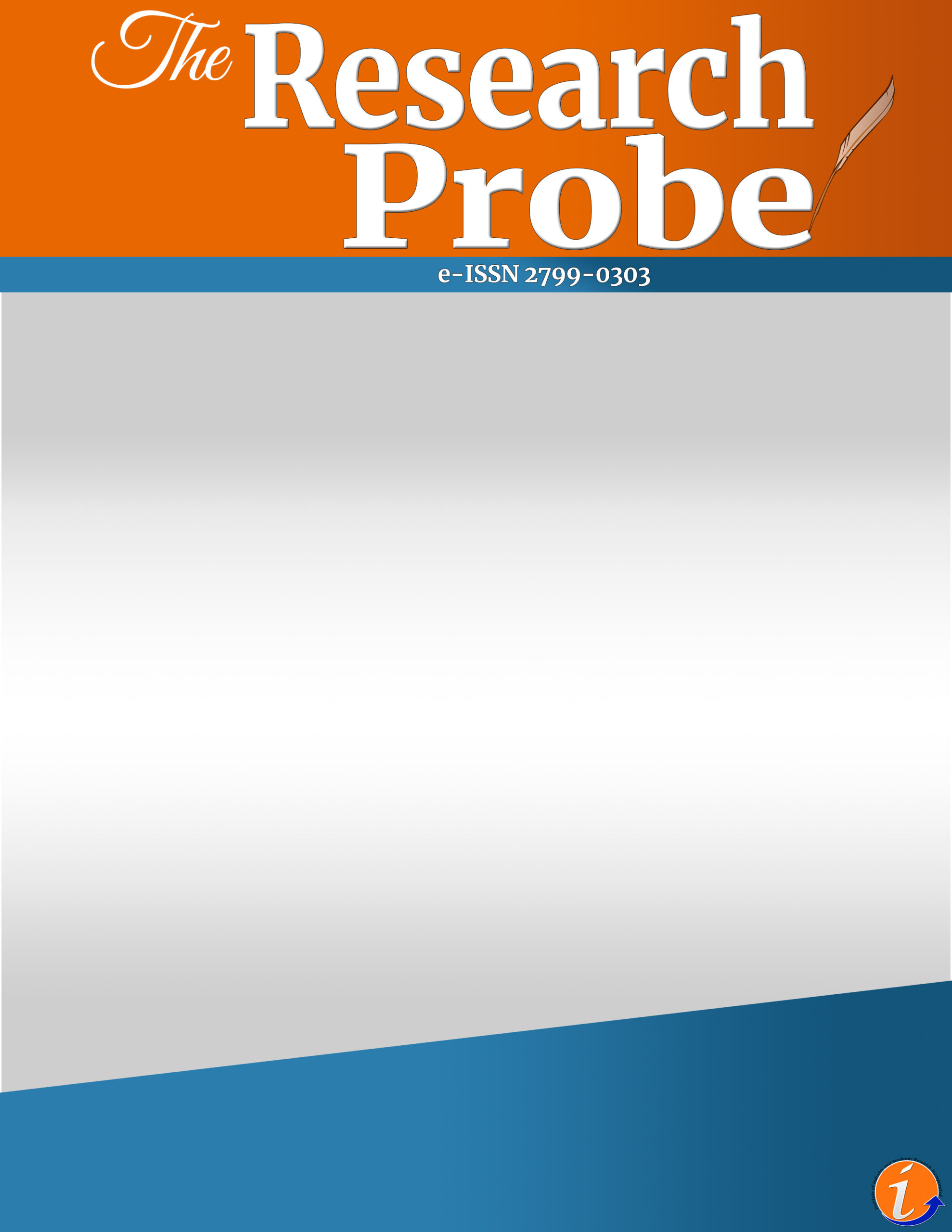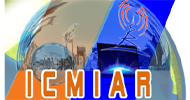Guidelines for Authors
This journal accepts full paper or extended abstract of articles in English. The paper should have been accepted and presented in international or institutional conference or event sponsored by the IIARI or its partner institutions. It is the prime responsibility of the author to ensure that the paper’s quality is highly acceptable as to use of language, grammar and punctuations. Any use of discriminatory and bigoted terms is not acceptable.
The manuscript must include pertinent information of the author/s including name/s, affiliation/s, address and email address. The corresponding author, in case of multiple authors, must be properly indicated.
The structure of the extended abstract includes:
- Title – appropriate title to your article.
- Abstract – the number of words should not be less than 150 but not more than 250.
- Key words – a minimum of 4 to a maximum of 6 keywords.
- Main body –it should contain summary of the following:
- Introduction
- Methodology
- Results
- Conclusion
- Acknowledgement/Any declaration
- References
Before manuscript’s submission, the authors must ensure that the research area is within the scope of the journal.
The online submission requires only MS Word file. There should be two files uploaded.
| File Number | File Type | Description |
|---|---|---|
| 1 |
or |
This file is used for the review process. This full manuscript must not include the name and affiliation of the author/s. Any information related to the identity of the author/s must not be included within the full text. |
| 2 | Title page | This file should contain the title of the article, name and affiliation of the author/s, abstract and key words. |
The files must be uploaded through the online submission form (click here). Your paper will be assigned Submission ID Number which you will use for all the communications related to the publication. Upon submission, you will receive submission confirmation acknowledgement approximately within 24 hours. If the editor found your paper not within the prescribed format, your submission may receive an early manuscript rejection decision.
The journal accepts any topic within its scope and coverage. The submitted article needs to have strong empirical evidence and make significant contribution to the field. It should have strong theoretical and/or methodological literature.
The submission is an original article, accepted and presented in international or institutional conference or event. If it is a republication, the author must obtain permission to republish the same. The author must obtain permission for any used copyrighted materials within the article.
There should be two files uploaded: anonymous file and title page.
Anonymous full paper/extended Abstract. This file is used for the review process. This manuscript must not include the name and affiliation of the author/s. Any information related to the identity of the author/s must not be included within the full text. You can download the template here.
Title page. This file should contain the title of the article, name and affiliation of the author/s, abstract and key words. You can download the template here.
The journal adheres to the double blind peer-review process. There are two phases of evaluation and review process.
- Preliminary evaluation by the editor. The anonymous file submission is sent directly to the editor-in-chief and/or associate editor for preliminary evaluation. The editor evaluates the paper based on its structural requirements. The decision of the preliminary evaluation will be sent within 1-2 days. If the paper is rejected, the author may be advised to follow the prescribed manuscript structure. If the paper is accepted, it is sent to reviewers.
- Peer review. After the preliminary evaluation, the anonymous file is sent to reviewers composed of section editor or editorial board member and external reviewer. Neither the author nor the reviewers know each other’s identity. This process takes minimum of one week to a maximum of three weeks. The journal ensures that reviewers strictly comply with the ethical policy and standards. The result is sent to the corresponding author as soon as two reviews are done. The decision of the reviewers may be any of the following:
- Accept. The article is accepted without revisions. The author is advised to pay the fees (if applicable) prior to the publication. The open access publishing agreement is then signed.
- Accept with revision. The article is accepted either with minor or major revision. The paper is sent back to the corresponding author for the corrections. The author is given ample time to comply depending on the severity of the corrections. If the time given is insufficient, the author is advised to formally request extension through email. The author then submits the corrected article for final evaluation and proofreading. If the article is accepted, the author is advised to pay the fees (if applicable) and sign the open access publishing agreement prior to publication. However, if the paper requires further revision after the resubmission, the editorial board provides further revisions request through email or through discussion forum in the portal.
- Reject. The paper is rejected for some major content issues.
The journal has 2 issues in a year published every June and December. It uses continuous submission and acceptance system. Any accepted articles after the semi-annual issue are also published online under 'Online first articles' section, which will be fully included in the next available issue.
This journal publishes semi-annual issues every first day of the first month of each semi-annual period with a grace period of five days. Accepted articles after the grace period fall under 'Online first articles'.
The institute collects Article Processing Charge (APC) from the authors for $10 (P500 for Philippine authors). For institutional submissions, a bundle price of $100 (P5000 for Philippine authors) for more than 20 papers and $200 (P10000 for Philippine authors) for more than 50 papers.
If the paper is presented in a conference hosted by any Institute's partner, there is NO APC.
The Institute can increase the APC without prior notice.
Prior to the publication, the author needs to sign open access publishing agreement. The editorial board evaluates article to identify serious misconduct such as plagiarism, falsification of data and material misstatements. Although the article follows rigorous process of evaluation and peer review, the authenticity of the data and information is the sole responsibility of the author.
Guidelines for Reviewers
The journal recruits external experts in the field to assist the editor in the evaluation and selection of the papers. They are selected based on their qualification and specialization.
All submitted papers duly accepted by the editor for suitability to the conference scope or structural requirements are sent to the conference editorial team. The conference editorial staff reserve the right to choose the appropriate reviewer based on their knowledge of the topic.
The journal adheres to the double blind review and evaluation process. Neither the author nor the reviewers know each other’s identity. Invitations are sent to potential reviewers. Thereafter, the paper is sent only to those who agreed to accept the review invite. The editor makes the decision after the receipt of at least two reviews.
The reviewers are expected to practice impartiality and confidentiality in the performance of their task. They need to exercise neutrality and fairness in their decisions. Any conflict of interest must be communicated to the editorial office. In addition, the reviewers need to observe confidentiality of the peer review process. They must not use the manuscript to their own advantage or share the same to anyone else.
The reviewers evaluate the articles based from the following:
- An appropriate title for the article
- Clarity of the general and specific objectives
- Clear research framework with reference to related works in the area
- Appropriate methodology
- Clear and complete results; tables and explanations match
- Accurate discussions of the results
- Appropriate conclusion
- Ethical consideration











